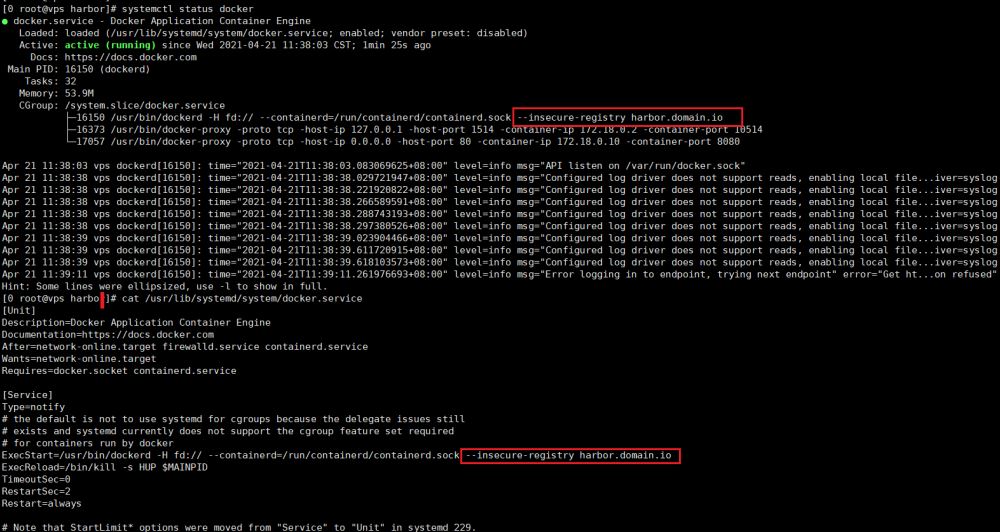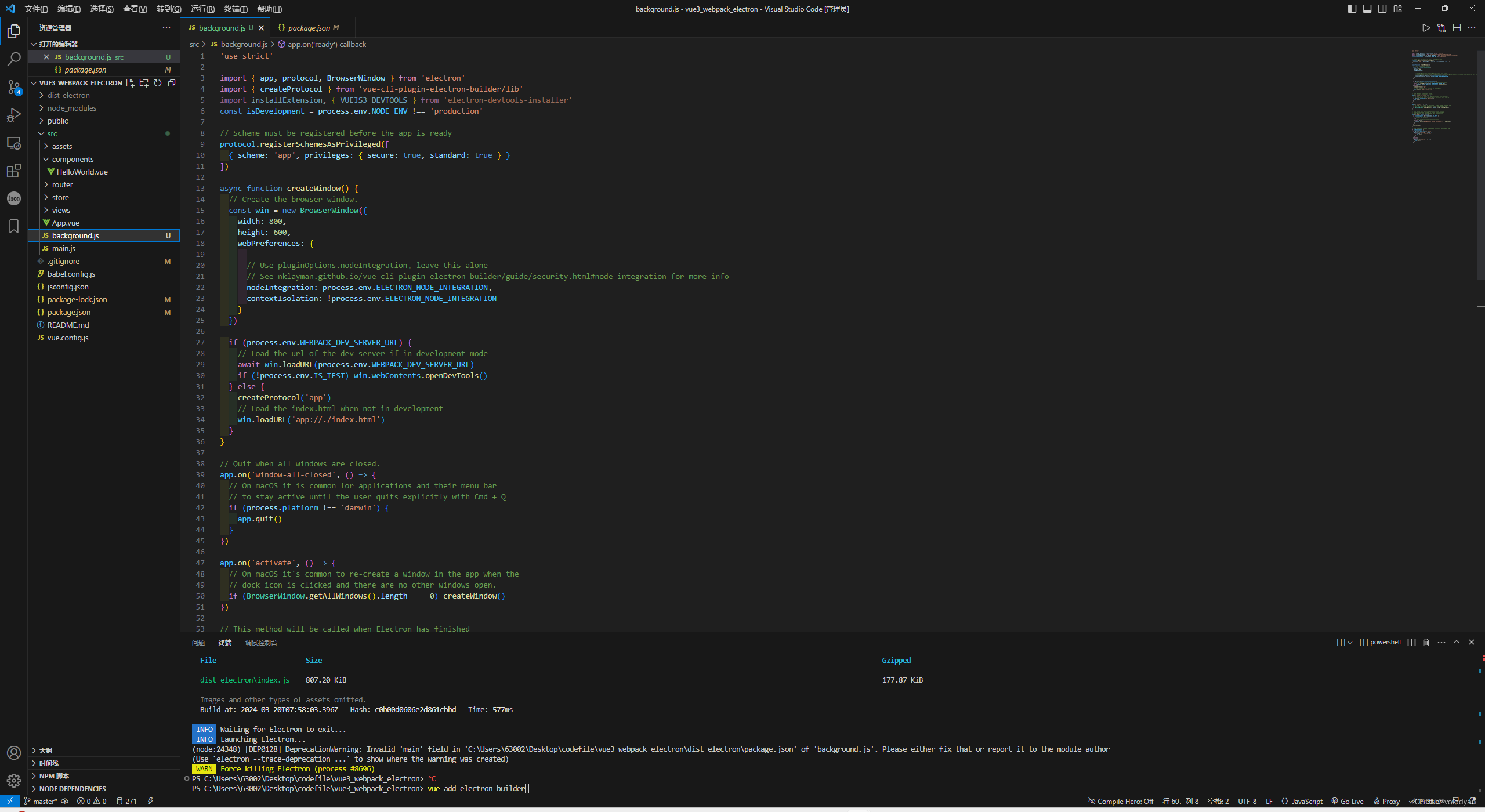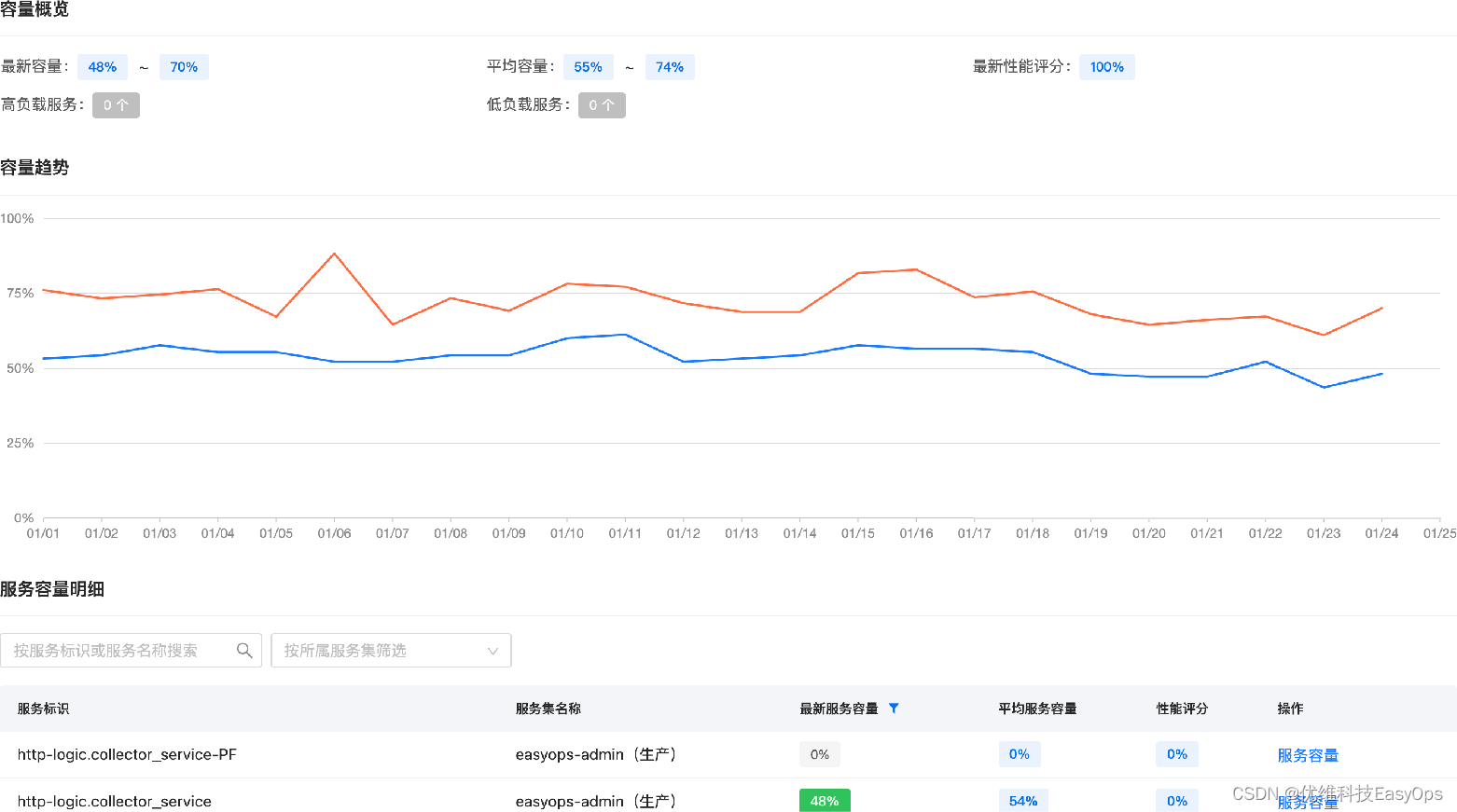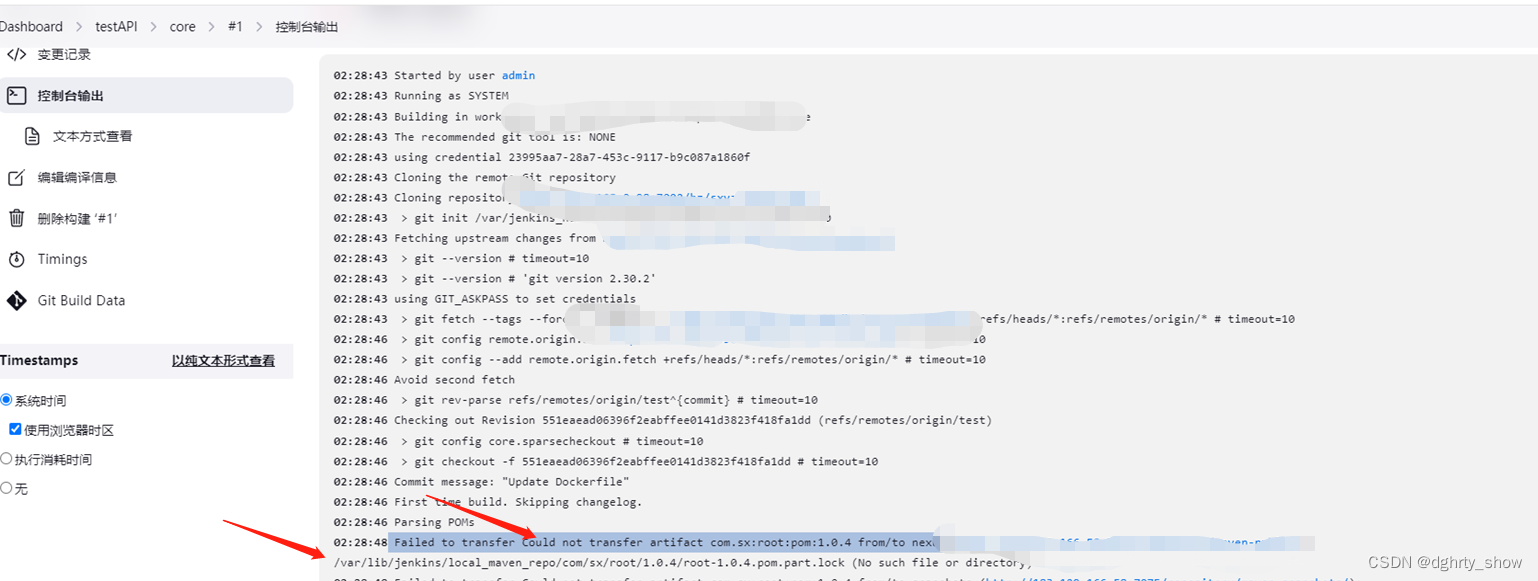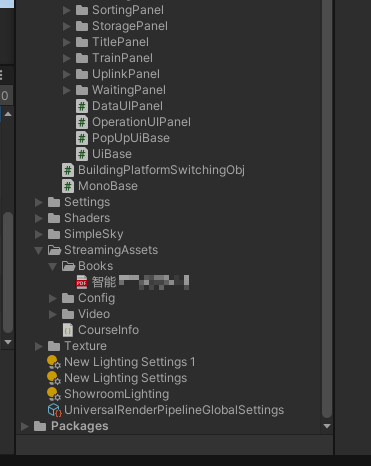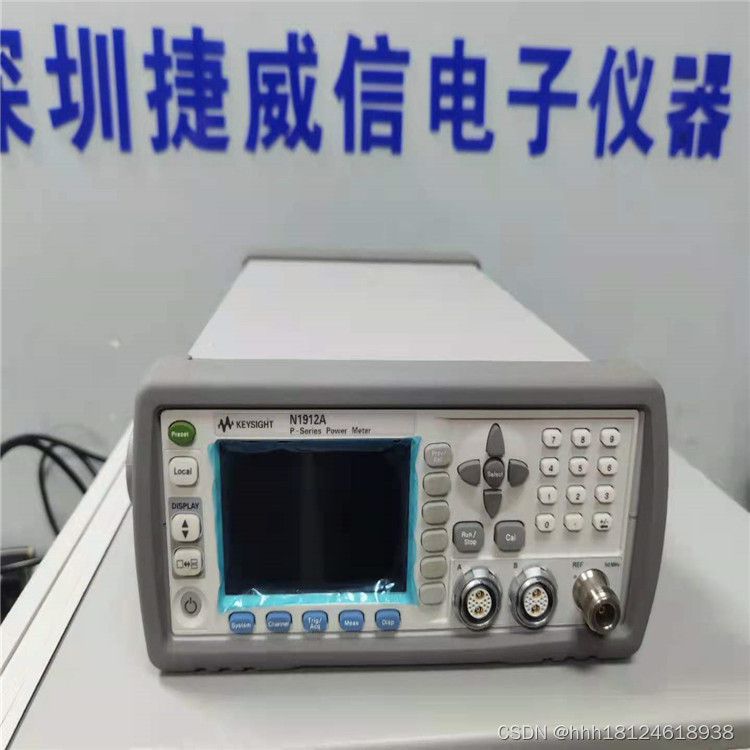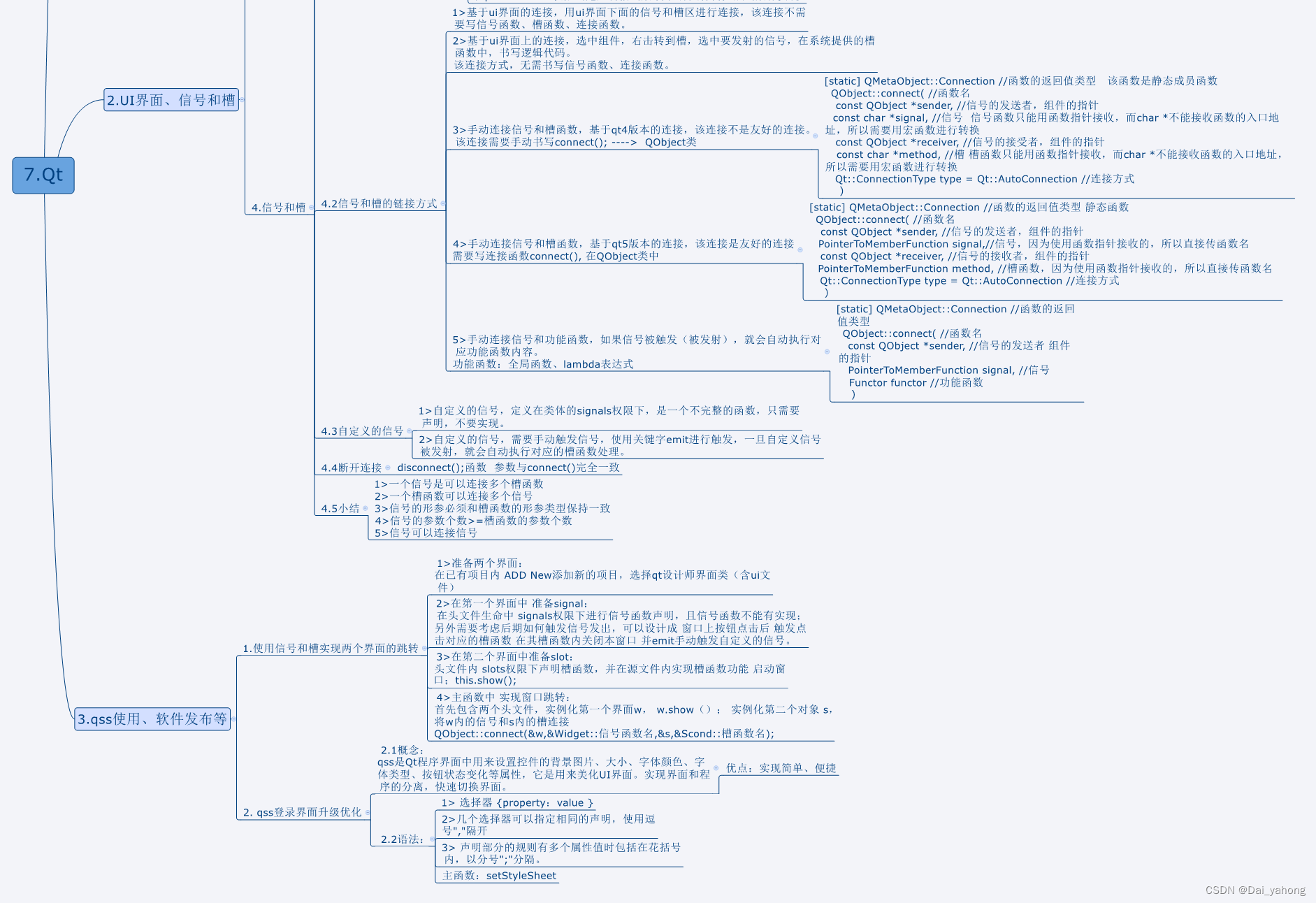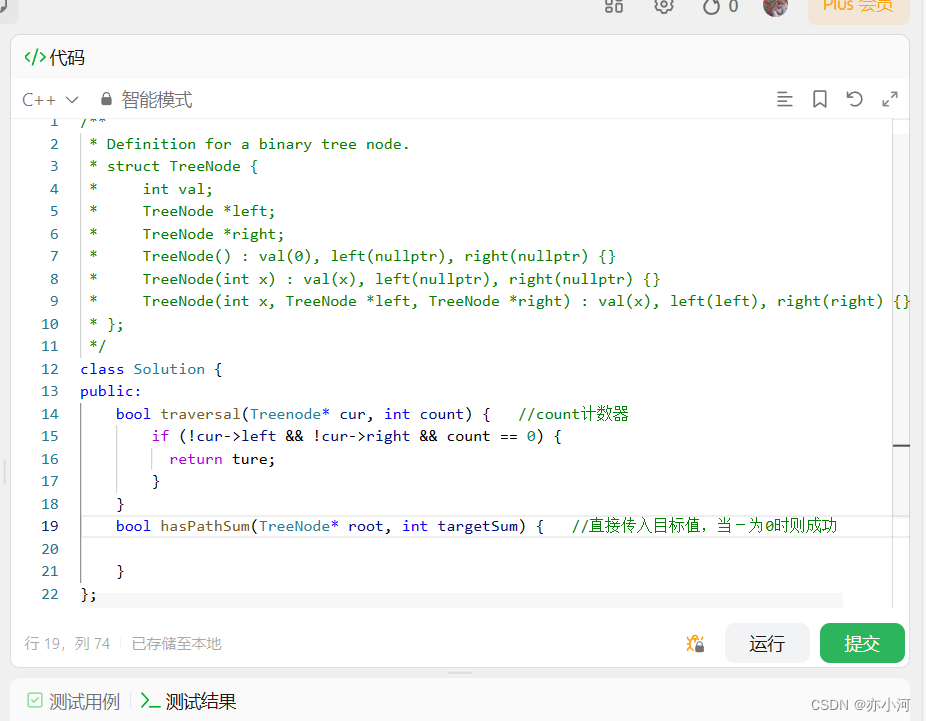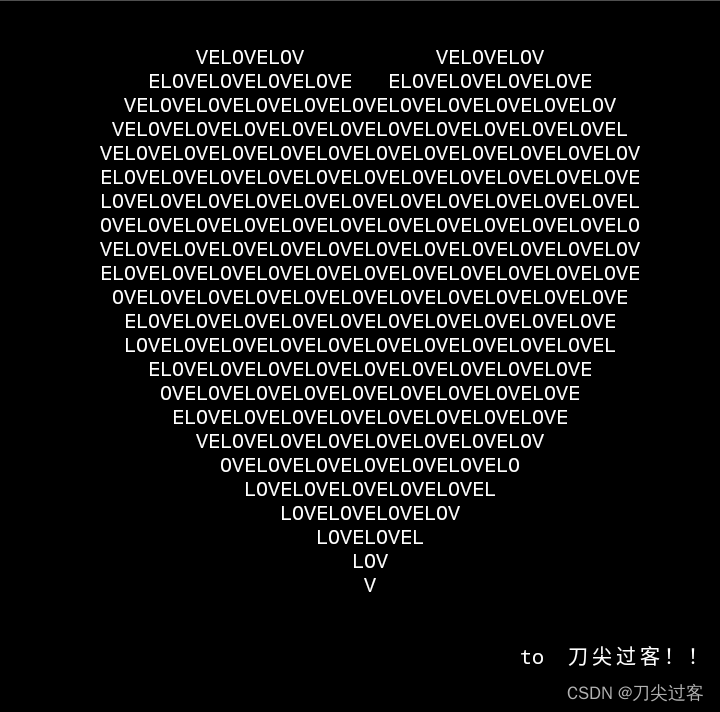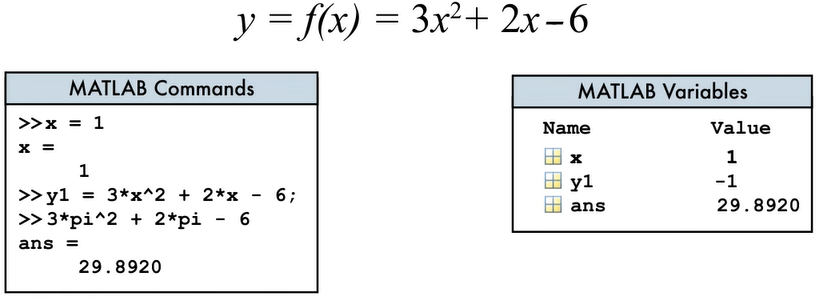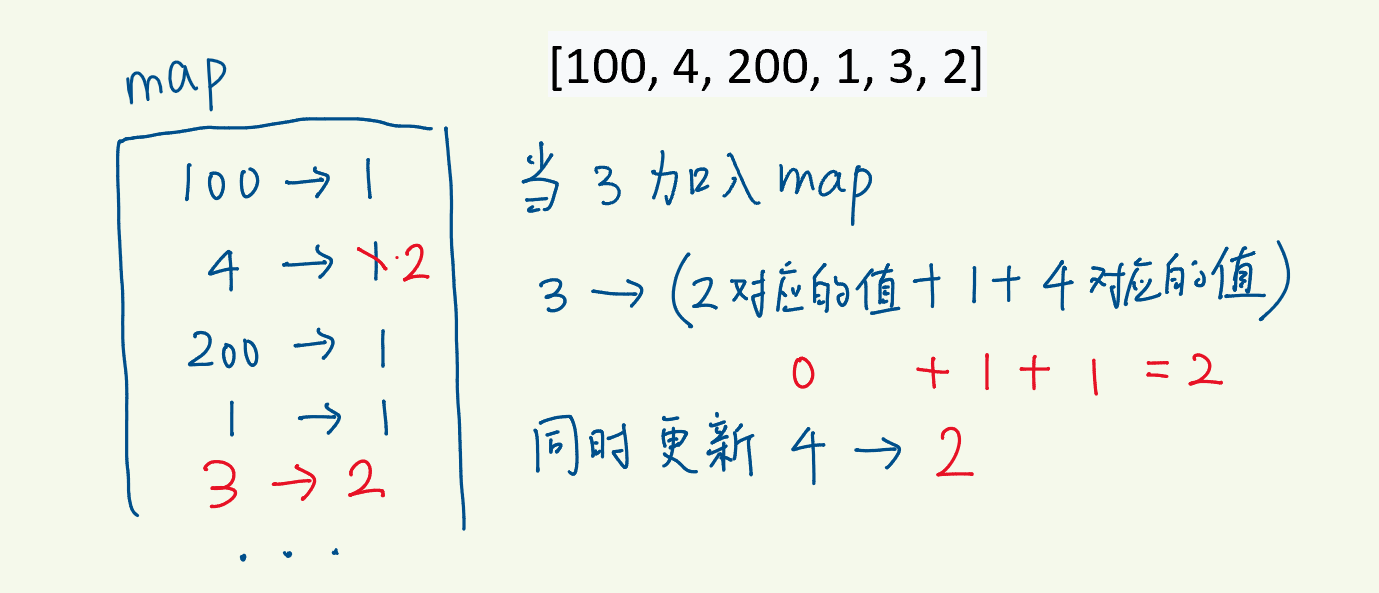题目
使用栈实现队列的下列操作:
push(x) -- 将一个元素放入队列的尾部。
pop() -- 从队列首部移除元素。
peek() -- 返回队列首部的元素。
empty() -- 返回队列是否为空。
示例:
MyQueue queue = new MyQueue();
queue.push(1);
queue.push(2);
queue.peek(); // 返回 1
queue.pop(); // 返回 1
queue.empty(); // 返回 false
说明:
- 你只能使用标准的栈操作 -- 也就是只有 push to top, peek/pop from top, size, 和 is empty 操作是合法的。
- 你所使用的语言也许不支持栈。你可以使用 list 或者 deque(双端队列)来模拟一个栈,只要是标准的栈操作即可。
- 假设所有操作都是有效的 (例如,一个空的队列不会调用 pop 或者 peek 操作)。
思路
这是一道模拟题,不涉及到具体算法,考察的就是对栈和队列的掌握程度。
使用栈来模式队列的行为,如果仅仅用一个栈,是一定不行的,所以需要两个栈一个输入栈,一个输出栈,这里要注意输入栈和输出栈的关系。
下面动画模拟以下队列的执行过程:
执行语句:
queue.push(1);
queue.push(2);
queue.pop(); 注意此时的输出栈的操作
queue.push(3);
queue.push(4);
queue.pop();
queue.pop();注意此时的输出栈的操作
queue.pop();
queue.empty();

在push数据的时候,只要数据放进输入栈就好,但在pop的时候,操作就复杂一些,输出栈如果为空,就把进栈数据全部导入进来(注意是全部导入),再从出栈弹出数据,如果输出栈不为空,则直接从出栈弹出数据就可以了。
最后如何判断队列为空呢?如果进栈和出栈都为空的话,说明模拟的队列为空了。
在代码实现的时候,会发现pop() 和 peek()两个函数功能类似,代码实现上也是类似的,可以思考一下如何把代码抽象一下。
C++代码如下:
class MyQueue {
public:stack<int> stIn;stack<int> stOut;/** Initialize your data structure here. */MyQueue() {}/** Push element x to the back of queue. */void push(int x) {stIn.push(x);}/** Removes the element from in front of queue and returns that element. */int pop() {// 只有当stOut为空的时候,再从stIn里导入数据(导入stIn全部数据)if (stOut.empty()) {// 从stIn导入数据直到stIn为空while(!stIn.empty()) {stOut.push(stIn.top());stIn.pop();}}int result = stOut.top();stOut.pop();return result;}/** Get the front element. */int peek() {int res = this->pop(); // 直接使用已有的pop函数stOut.push(res); // 因为pop函数弹出了元素res,所以再添加回去return res;}/** Returns whether the queue is empty. */bool empty() {return stIn.empty() && stOut.empty();}
};
- 时间复杂度: push和empty为O(1), pop和peek为O(n)
- 空间复杂度: O(n)

